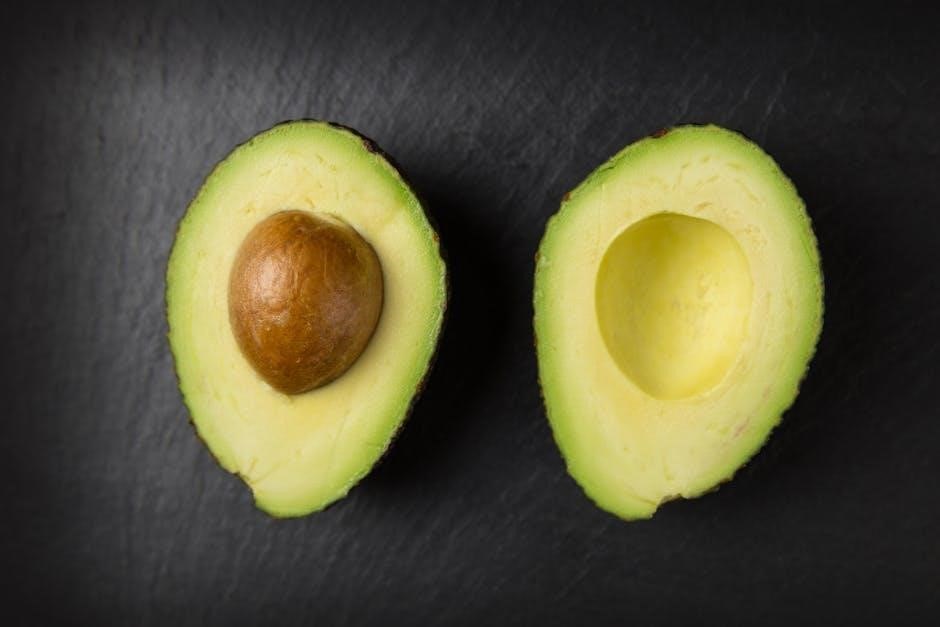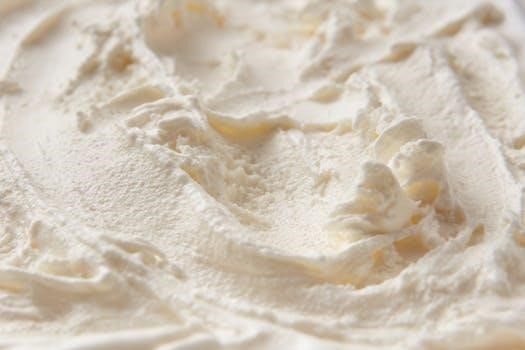ball fruit fresh instructions
Ball fruit refers to produce suitable for preservation using Ball jars; This encompasses various fruits, from peaches and pears to apples and grapes, offering options for canning and creating delightful homemade goods. Quality produce is key!

Ball Jars: Historical Overview
Ball jars have a rich history, dating back to the late 19th century. The Ball Brothers Glass Manufacturing Company, founded in 1884, revolutionized home canning. Their jars became a staple for preserving fruits and vegetables across the United States.
Ball Brothers Glass Manufacturing Company Founding
The Ball Brothers Glass Manufacturing Company’s story begins in 1884 when five brothers embarked on a venture with a mere $200 loan. Initially located in Buffalo, New York, this marked the inception of what would become a household name in home canning. Jars produced during this early period, adorned with the original logo, are now fondly referred to as “Buffalo Jars,” prized for their rarity and historical significance;
These jars represent the earliest efforts of the Ball brothers and are considered some of the most valuable finds for collectors. Owning a Buffalo Jar is akin to possessing a tangible piece of American history, a testament to the ingenuity and entrepreneurial spirit of the Ball brothers. Treasure it!

Dating Ball Jars: Logo Evolution
Dating Ball jars involves scrutinizing the logo, a key indicator of their production period. The first cursive logo appeared in 1895, marking a shift towards machine production with smoother lip jars. Underscores beneath the “Ball” script underwent changes, from looped extensions to double lines, and eventual removal. The “B” in “Ball” also evolved, featuring a loop in later designs.
Notably, a jar made in the 1920s might bear an older mark, so date codes can be misleading. Recognizing these subtle logo variations unlocks the history behind each jar, offering a fascinating glimpse into the Ball Corporation’s legacy and the evolution of home canning practices. These changes reflect technological advancements and design trends.
Early Ball Script Logo (1895-1896)
The initial Ball script logo, introduced in 1895, marked a significant transition in Ball jar production. This logo featured cursive lettering, a departure from earlier designs. Importantly, this era also saw the introduction of the underscore beneath the “Ball” script. During this brief period, from 1895 to 1896, the script logo appeared relatively straight on the jar surface, rather than angled towards the upper right.
This subtle detail distinguishes these early script logo jars. Furthermore, the adoption of machine production during this time resulted in jars with smooth lips, contrasting with the older blown-glass methods. Identifying this logo helps pinpoint jars from the very beginning of machine-made Ball jars.

Underscore Variations (1910-1962)
The period between 1910 and 1962 witnessed several distinct variations in the underscore beneath the “Ball” script logo. Early in this era, the underscore often featured a looped extension at the end, resembling the letter “L.” However, between 1910 and 1923, some jars displayed an underscore extension without this loop, presenting a straighter line.
Later, from 1923 to 1933, certain Ball jars omitted the underscore entirely. These variations offer crucial clues for dating Ball jars within this extensive timeframe. Recognizing the presence or absence, and the shape of the underscore, is vital for accurate identification and dating purposes. These nuances reflect evolving design trends.
“B” in Ball Variations (1933-Date)
Starting in 1933, notable changes occurred in the presentation of the letter “B” within the “Ball” logo. From 1933 to 1962, the “B” often featured a distinct loop at its base, a characteristic that helps distinguish jars from this period. Subsequently, from 1962 onwards, the design evolved to include a “B” that connected directly with the underscore beneath the “Ball” script.
These subtle yet significant modifications to the “B” provide essential markers for dating Ball jars produced from the mid-20th century to the present day. Observing whether the “B” has a loop or connects with the underscore enables a more precise determination of a jar’s age, reflecting the brand’s continuous design refinement.

Ball Perfect Mason Jars
Ball Perfect Mason jars were a popular choice for home canning. Introduced in 1913, their production continued until 1937. These jars hold a special place in preserving fruits and other goods.
The Ball Perfect Mason jar represents a significant era in home canning. Introduced in 1913 by the Ball Brothers Glass Manufacturing Company, it quickly became a staple in American households. Production spanned from 1913 to 1937, marking a period of widespread popularity and reliability for home food preservation. These jars were designed with a focus on creating an airtight seal, essential for safe and effective canning. Their robust construction and distinctive design made them a preferred choice for preserving fruits, vegetables, and other perishable goods. The Ball Perfect Mason jar symbolized a time when home canning was a common practice, ensuring families had access to fresh and nutritious food throughout the year. Their legacy continues to be recognized and valued today.
Popularity and Colors
The Ball Perfect Mason jar achieved widespread popularity as the most favored home canning jar in the United States from its introduction in 1913 until the mid-20th century. Its appeal stemmed from its reliable design and the assurance it provided for preserving food safely. These jars were not only functional but also came in a variety of colors, adding to their charm. Common colors included the classic blue, as well as green, amber, and clear (colorless) variations. The availability of different colors made them attractive to consumers and added a decorative element to home canning practices. The popularity of Ball Perfect Mason jars reflected a broader trend of self-sufficiency and resourcefulness in American households during that era. Today, they are sought after for their historical significance and aesthetic appeal.

Ball Jar Shapes
Ball jars are commonly found in two primary shapes: round and square. The shape of a jar can sometimes indicate its age, with square jars generally belonging to the post-1920s era.
Round vs. Square Jars
Ball jars are predominantly found in round and square shapes, each offering distinct characteristics. Round jars are the more traditional design, widely used throughout the history of home canning. Square jars, while less common, provide space-saving advantages for storage and a unique aesthetic appeal. Authentic Ball square mason jars are generally associated with the post-1920s era.
The choice between round and square jars often depends on personal preference and intended use. Round jars are easier to handle when hot and may distribute heat more evenly during processing. Square jars, however, maximize shelf space and can be easier to label. Consider the practicality of each shape when selecting jars for your canning needs and fresh instructions.

Square Jars and Era
Square Ball jars are primarily associated with the post-1920s era, distinguishing them from the earlier round designs. The square shape offered a practical advantage, maximizing space efficiency on pantry shelves and in storage areas. While round jars were the standard for many years, the introduction of square jars reflected a shift towards more functional and space-conscious designs.
These square jars, including those marked “SQUARE,” are generally more modern than their round counterparts. When dating Ball jars, the shape can be a useful indicator, suggesting a manufacturing period after the 1920s. Square jars are perfect for fresh instructions and compact, organized storage of canned goods.

Ball Fruit: Fruit Preservation and Canning
Fruit preservation and canning using Ball jars represent a time-honored tradition of capturing the flavors of the season for enjoyment year-round. Ball jars, particularly the Perfect Mason, were the most popular choice for home canning in the United States, ensuring safe and effective preservation. Pickled grapes are a versatile and savory way to preserve fruit, adding a unique twist to your culinary creations.
Canning involves carefully sealing fruit in jars to prevent spoilage and maintain freshness. Following proper techniques and recipes is crucial for successful fruit preservation and to ensure food safety. The Ball brand provides resources and guidance.

Ball Fruit: Identifying Ball-Shaped Fruits
Identifying ball-shaped fruits can range from the Osage orange (Maclura pomifera) resembling a brain, to other spherical fruits. Size and texture can help narrow down identification for various usages and edibility concerns.
Maclura Pomifera (Osage Orange)
The Maclura pomifera, or Osage orange, yields a distinctive, ball-shaped fruit. It resembles an immature orange, roughly spherical and bumpy. Its diameter ranges from 8 to 15 centimeters. The fruit turns yellowish and is considered a multiple fruit.
While resembling a brain to some, only the seeds are edible when toasted. The rest of the fruit is often bitter, containing a latex-like liquid. These fruits are typically found on trees 8 to 15 meters tall.
Be cautious when handling as the fruit is not easily consumed raw. Instead, enjoy this fruit with caution, appreciating its unique characteristics and appearance.










